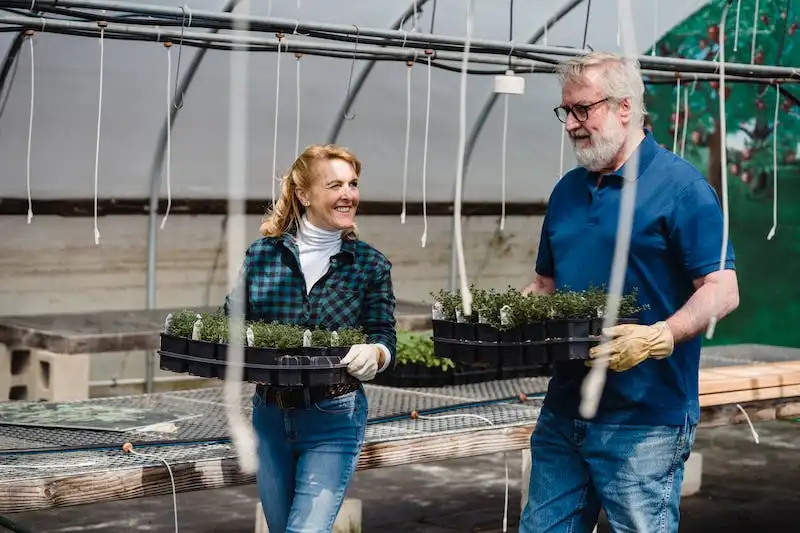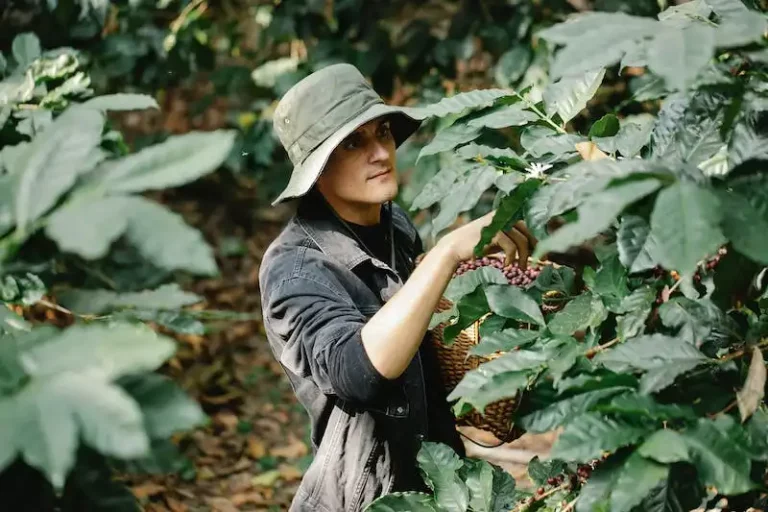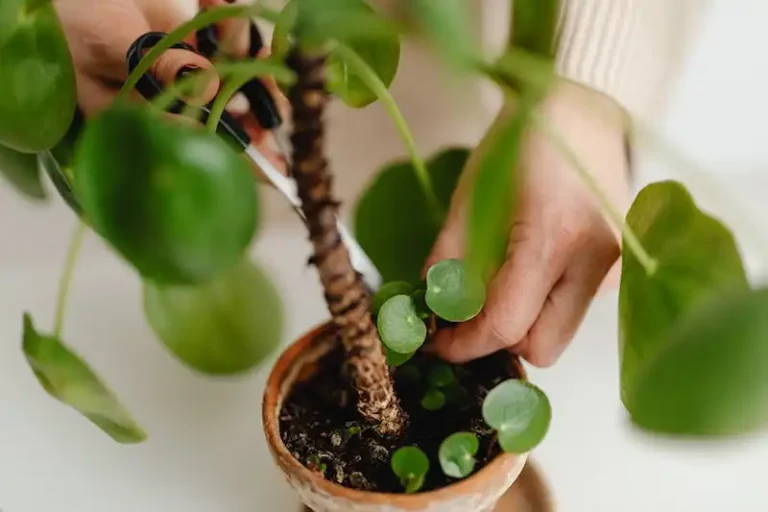Florida is known for its sunny climate, making it the perfect place to grow and care for poinsettias. They thrive in warm temperatures and need plenty of sunlight to grow properly. If you live in a colder climate, you can still enjoy these beautiful plants by growing them indoors.
When buying poinsettias, it’s important to choose healthy plants that have vibrant color. Avoid plants with wilting leaves or yellowing flowers. Once you bring your poinsettia home, keep it in a well-draining pot and place it in a sunny spot. Water the plant thoroughly, but be careful not to overwater as poinsettias are susceptible to root rot.
If you want your poinsettia to rebloom the following year, you’ll need to provide it with the right conditions. In September, reduce the amount of light the plant receives by moving it to a dark spot for 14-16 hours a day. This photoperiod manipulation is important for initiating flowering. In December, you can bring the plant back to a sunny spot and resume normal watering and fertilization.
Proper fertilization is essential for healthy poinsettias. The pH level of the soil should be slightly acidic, between 5.8 and 6.5. You can use a balanced fertilizer, such as a 20-20-20, to provide the necessary nutrients. Apply the fertilizer every two weeks during the growing season, from spring to summer.
Caring for poinsettias also involves keeping an eye out for common pests and diseases. Aphids, whiteflies, and spider mites are the most common pests that can infest your poinsettia. If you notice wilting leaves, yellowing, or spots on the leaves, it could be a sign of a disease. Proper care and regular inspection can help prevent and solve these problems.
In conclusion, poinsettias are beautiful plants that can add a pop of color to your home or garden during the holidays. By following the proper care and growing guidelines, you can enjoy these vibrant flowers year after year. Whether you’re an experienced gardener or a beginner, poinsettias are a great addition to any plant collection.
Growing and caring for poinsettia
Poinsettias are beautiful flowering shrubs that can bring a touch of color to your home or garden. While they’re often associated with the holiday season, poinsettias can be grown and cared for year-round as houseplants. If you’re new to poinsettia care, it’s important to understand their specific needs in order to keep them healthy and vibrant.
One of the most important factors to consider when growing poinsettias is lighting. Poinsettias thrive in bright, indirect light, so make sure to place them in a sunny spot, away from direct sunlight. If the stems start wilting, that’s a sign they’re not getting enough light. On the other hand, too much light can also cause wilting, so finding the right balance is key.
When it comes to temperature, poinsettias prefer a consistent environment. They don’t tolerate fluctuations well and can be damaged by cold drafts or sudden temperature changes. Keep the plants in a room with temperatures between 65-75°F (18-24°C) for best results.
Watering is another important aspect of poinsettia care. They should be watered whenever the top inch of soil feels dry, but be careful not to overwater. Allow excess water to drain out of the pot to prevent root rot. If the leaves start yellowing or the plant becomes droopy, it may be a sign of overwatering.
One of the best ways to propagate poinsettias is through stem cuttings. Use clean, sharp shears to take a 4-6 inch (10-15 cm) cutting from the tip of a healthy stem. Remove any leaves from the bottom half of the cutting and place it in a pot with well-draining soil. Keep the soil moist and the cutting should root within a few weeks.
Poinsettias are generally low-maintenance plants, but they can still encounter some problems. One common issue is leaf drop, which can be caused by overwatering, underwatering, or sudden temperature changes. If your poinsettia starts losing leaves, assess its care routine and make any necessary adjustments. Another problem to look out for is pests, such as tiny insects or disease. Regularly check the leaves and stems for any signs of infestation and treat accordingly.
While poinsettias are typically purchased from a garden center or florist, they can also be grown from seeds. However, keep in mind that poinsettias grown from seeds may not have the same color or quality as those bought from a reputable source. If you’re looking for specific poinsettia varieties, it’s best to buy established plants.
In summary, caring for poinsettias involves providing them with the right lighting, temperature, and watering conditions. With proper care, these gorgeous plants can brighten up your home year-round and even flower again come the holiday season. Whether you’re a seasoned gardener or a newbie, following these tips should help you successfully grow and care for poinsettias.
Poinsettias come in many colors
Poinsettias are known for their vibrant and eye-catching colors. While red is the most common color, there are actually many different hues available to choose from. From deep shades of red to soft pink, creamy white, apricot, and even speckled or variegated varieties, there is a poinsettia color to suit every taste and preference.
One reason why poinsettias come in such a wide range of colors is due to their unique flowering process. Poinsettias are short-day plants, meaning that they require longer periods of darkness to trigger their blooming cycle. As autumn approaches and the days get shorter, poinsettias naturally respond to the decreasing light levels by producing flowers.
Growers have taken advantage of this natural blooming process and manipulated it to create poinsettias in various colors. By using techniques such as grafting, genetic breeding, and applying plant growth regulators (PGRs), growers are able to produce poinsettias with different pigments in their bracts, the modified leaves responsible for the plant’s color display.
During the growing season, poinsettias require plenty of sunlight, warm temperatures, and well-drained soil. They should be watered thoroughly but not excessively, as soggy soil can lead to root rot. Poinsettias are also susceptible to pests such as whiteflies and aphids, so it’s important to keep an eye out for any signs of infestation and take appropriate measures to control them.
If you’re looking to add some color to your garden, poinsettias can be a great choice. They can be grown outdoors during the summer months in a sunny location, but be sure to bring them inside before the first frost hits in the fall. Poinsettias are sensitive to cold temperatures and will not survive freezing conditions.
When it comes to purchasing poinsettias, you can find them at various locations such as garden centers, nurseries, and even supermarkets. It’s important to choose healthy-looking plants with vibrant bracts and deep green foliage. Avoid plants with wilted or yellow leaves, as these may indicate poor health or disease.
To keep your poinsettias looking their best, here are some important care tips:
- Place them in a well-lit area where they can receive at least six hours of bright, indirect sunlight each day.
- Avoid placing them near drafts, hot air vents, or areas with fluctuating temperatures.
- Water them thoroughly when the top inch of soil feels dry to the touch, but avoid overwatering.
- Use a balanced fertilizer every two to three weeks to promote healthy growth.
- Keep the humidity levels around the plants moderate, as high humidity can encourage disease and pests.
- Monitor for common issues such as yellowing, dropping leaves, or wilting, and take necessary actions to address them.
Whether you’re using poinsettias as a festive holiday decoration or as a year-round houseplant, these colorful beauties are sure to brighten up any space. With proper care and attention, your poinsettias can thrive and continue to bring joy with their vibrant colors for many seasons to come.
How to Grow and Care for Poinsettias
Florida is known for its sunny and warm climate, making it an ideal place to grow poinsettias. These vibrant plants with colorful bracts are commonly sold during the holiday season, but with proper care, they can thrive year-round.
When planting poinsettias, it’s important to choose a location that receives full sunlight. Poinsettias prefer temperatures between 60 and 70 degrees Fahrenheit and can be sensitive to extreme heat or cold. The soil should be well-drained and fertile, allowing for proper root growth.
Watering is an essential part of caring for poinsettias. The soil should be kept moist, but not overly saturated. It’s important to water thoroughly and allow the excess water to drain away. Regularly check the soil moisture levels and adjust the watering frequency accordingly.
Fertilizing poinsettias is necessary to ensure healthy growth and vibrant colors. Use a balanced fertilizer and follow the recommendations on the packaging. Fertilization should be done every two to three weeks during the growing season, which is typically spring and summer.
To encourage bushier growth and more flowers, pinching and pruning poinsettias is advisable. Pinch off the tips of new growth to promote branching and remove any leggy or weak branches. However, be careful not to damage the main stem or remove too much foliage.
Proper lighting is crucial for poinsettias to bloom and maintain their vibrant colors. They require a certain photoperiod, which is the length of light and dark periods in a 24-hour cycle. To induce flowering, poinsettias need at least 12-14 hours of complete darkness at night for around 6 weeks.
Poinsettias can be propagated through stem cuttings. Take cuttings from healthy plants during late spring or early summer. Remove any leaves from the lower one-third of the cutting, dip it in a rooting hormone, and plant it in a well-drained soil mix. Keep the cutting moist and root development should occur within a few weeks.
While poinsettias are generally easy to care for, they can face some common problems. Leaf drop is a common issue, usually caused by either overwatering or underwatering. Another problem is the loss of bract color, which can be due to stress, such as extreme temperatures or inadequate lighting.
If you encounter any problems with your poinsettias, the local gardening center or extension office can provide guidance and advice for solving them. Consulting an expert will help ensure the health and longevity of your poinsettias.
By following these guidelines for growing and caring for poinsettias, you’ll be able to enjoy their beauty year-round. Whether it’s the holiday season or any other time, poinsettias are a wonderful addition to any home or garden.




